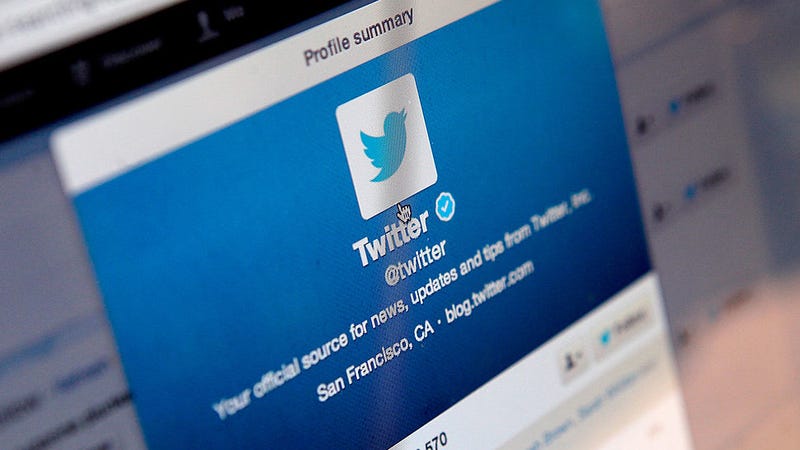 Photo: Getty
Photo: Getty
Twitter has been telling people I’m into dads.
I learned this thanks to a revision in Twitter’s privacy policy that rolled out yesterday, which gives users more information about how advertisers see them and lets them toggle which bits of information they want to share. This includes a list of stuff that Twitter has determined each individual user is interested in.
My list has 69 interests on it, including “Dads,” and Twitter has presumably shared that list with at least 2,368 advertisers.
I’m not here to dad-shame, but… what? I’m not into dads!!!
This revelation made me feel uncomfortable and confused. Why not moms? What does “interested in dads” say about me as a person? What would Twitter advertise to me based on this, novelty ties or DVDs of Full House? I scrubbed through my Twitter account for the word “dad.” What the hell did I tweet to bring this upon myself?
I guess it’s nice that Twitter is letting us know at least.
“We’re updating our privacy policy to bring you a more personalized Twitter experience,” Twitter said in an in-app notification announcing the change. “We’ll soon be making Twitter more relevant by using your visits to sites with Twitter content. And we’ve given you even more control over your data.”
Twitter’s certainly not the only site building detailed and complex user profiles to sell to advertisers—Facebook and Google do this kind of thing, too. But Twitter is offering its users a unique look into how the algorithmic sausage that is social media advertising gets made.
Unlike other sites, however, Twitter lets you turn off types of tracking you don’t like. It even lets you request a list of brands that have you in a “tailored audience,” which means that they’ve tracked you from another site to Twitter and then served you ads there. It’s certainly not the kind of advertising transparency you’d get from other social media companies like Facebook, which likely collects much more refined interest data from its users.
Twitter lets users turn off all the personalization data it shares with advertisers, or just location data or data based on other apps installed on your device. (You can find all these options under Personalization and Data in your account and you can view your personal Twitter data here.)
You can also request a list of all the advertisers who have you in a “tailored audience,” and some Twitter users are already requesting their advertiser lists and then systematically blocking all of them.
If you’re going to turn off any of the tracking options, I’d recommend opting out of being tracked across the web. This is a new feature for Twitter, which the company says allows it personalize ads “based on other places you’ve been” online, which is a pretty sweeping statement. Even though Twitter says it complies with Privacy Shield and other online advertising principles, this kind of tracking is banned in the European Union, and it’s pretty invasive.
As funny as it was when Twitter got me wrong and told a bunch of brands to sell me dad content, there’s an icky feeling that comes with realizing how much Twitter got right (Twitter also predicted that Gizmodo’s space writer Rae is into “drama” and “space and astronomy,” which she confirms is extremely accurate).
I spend a significant amount of my time on Twitter every day, and my little blue bird friend has gotten to know me really well. It knows my beat has something to do with “network security,” “tech news,” and “government officials & agencies,” but it also knows I spend my free time looking at “cute” stuff on the internet, shopping for “dresses & skirts,” or watching “documentary” films. It felt invasive enough to make me hit the killswitch, disabling all of my data personalization on Twitter.
But I’m keeping the list; it’s a hilariously awkward lesson about the benign surveillance of brands. What does Twitter think you’re into?